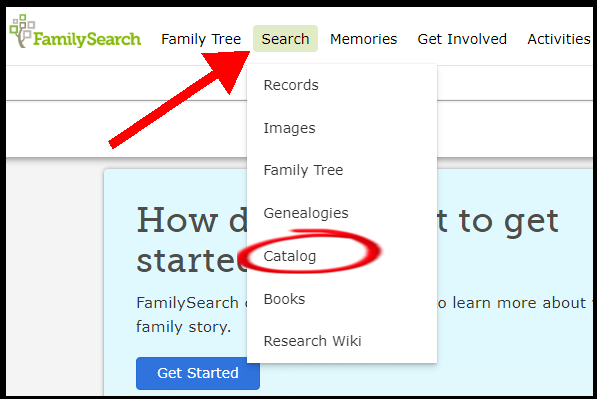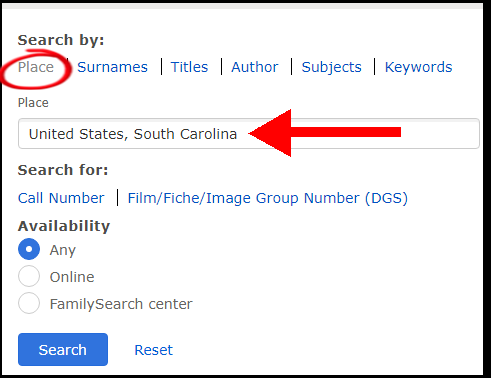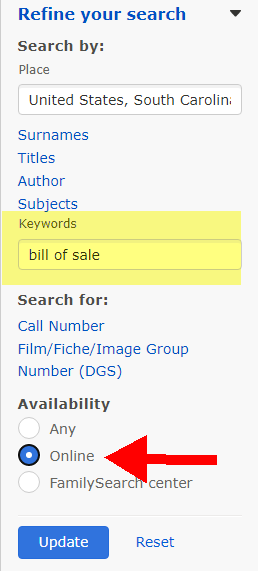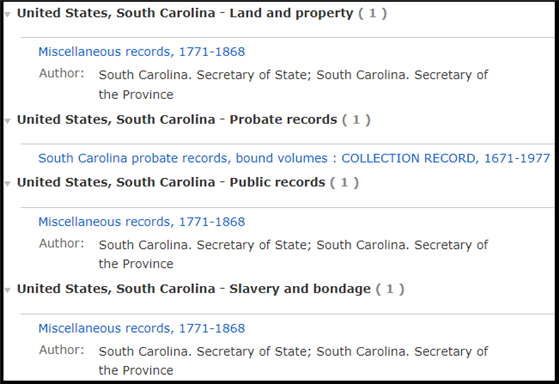When you are researching African American ancestors who were enslaved, finding documents and records is not easy.
One kind of record is a bill of sale. This is a legal document that records the sale and transfer of ownership of property. In the time of slavery, enslaved people were considered property.
The bill of sale was proof of ownership for the purchaser. The documents were usually created by county clerk courts and stored as part of the deed books at the county courthouse.
FamilySearch.org has an extensive archive of microfilms of deed books from across the United States. This article shows how to track down bill of sales information on the FamilySearch website.
What Information Is On A Bill Of Sale?
The documents typically include:
- first name and age of the slave
- the purchase price for the individual
- any special conditions or terms of the sale
Occasionally, family relationships were also documented.
Unfortunately, the last names of slaves were rarely recorded in any documents. Most of the bills of sale only include first names. Aside from that, first names had many different spellings.
My advice is that you start by restricting your searches by location.
You will be starting from the best advantage point if you know:
- the state (and even better, the county) where your target had lived.
- the name of the owner of the enslaved person you are researching.
Start With A FamilySearch Catalog Search
Step 1: Click on the Search section in the top menu
Step 2: Choose “Catalog” in the drop-down list.
The default search on this page is by location or place. That’s exactly what we want at this point.

Step 3: Enter a location in the search box.
In the worked example in this tutorial, I am searching within South Carolina.

Step 4: Click the search button.
You’ll now see a lengthy list of results from all kinds of record collections on FamilySearch.
Most of these, like the census collections, are not relevant. The next step is to add a keyword filter.
Second Set Of Catalog Filters – Bill Of Sale
The filters are on the left-hand side of the page.
Expand the Keywords section and enter “bill of sale”.

I like to set the availability option to “Online”. This is because I usually can’t travel to a Family History Center to look at microfilms.
Browse The Results
When I search on South Carolina and “bill of sale”, the results page seems to offer four collections.
However, when I expand each section – one index appears in three of the sections. This index is specifically for the Charleston district.
The other index is a more comprehensive list of court records by county.
Each results link leads to a description page with how to access the records.

Searchable Indexes
If you’re in luck, the index you are most interested in is searchable by keyword.
For example, the Charleston index is a searchable collection of bill of sales records in that area.
Image-Only Collections
Unfortunately, many of the collections do not have a searchable index. Instead, they are digitized images from a microfilm.
That can mean there are thousands of images to browse through. However, here are some tips to drill down to what you want.
The South Carolina probate records in our example are sorted by county.
Let’s say we know that our ancestors were in York County.
Although the number of different image collections within the county may seem overwhelming, look for organizing material.
For example, there is one collection titled “Index to estate records, Index to wills, 1787 – 1813”.
Alternative Sources
It’s worth trying as many online sources as you can.
We’ve got a separate tutorial on searching for slave bills of sale on Ancestry.com.
I find it easier to find records on Ancestry than FamilySearch. However, it is a subscription site with a monthly or annual fee.